Global Pension Crisis: Financial Times
Global Pension Crisis: Financial Times
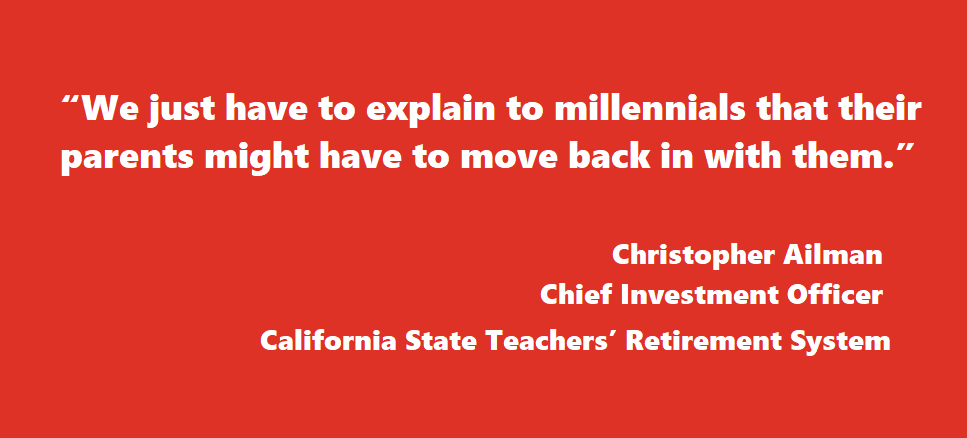
Read the article from the Financial Times about a global pension crisis.
Josephine Cumbo is the pensions correspondent for Financial Times, covering all aspects of corporate and personal pensions. Robin Wigglesworth is the Financial Times’ New York-based US markets editor. He is in charge of coverage of financial markets and asset management across the Americas.
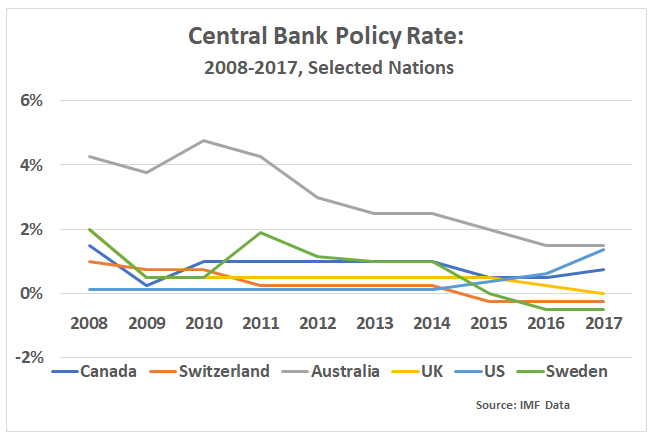
Race to bottom: Developed countries try low interest rates to stimulate economies and encourage consumer spending, but many have aging populations that worry about retirement (Source: IMF)
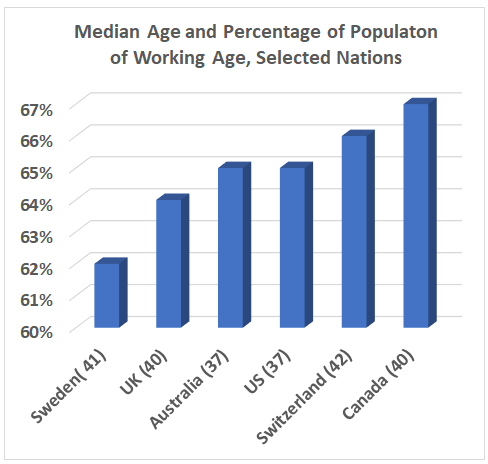
Aging populations: Wealthy nations with low fertility rates have a high median age, with fewer workers aged 15 to 64 per retiree who can contribute to pension and retirement funds (Source: World Bank and World Health Organization)
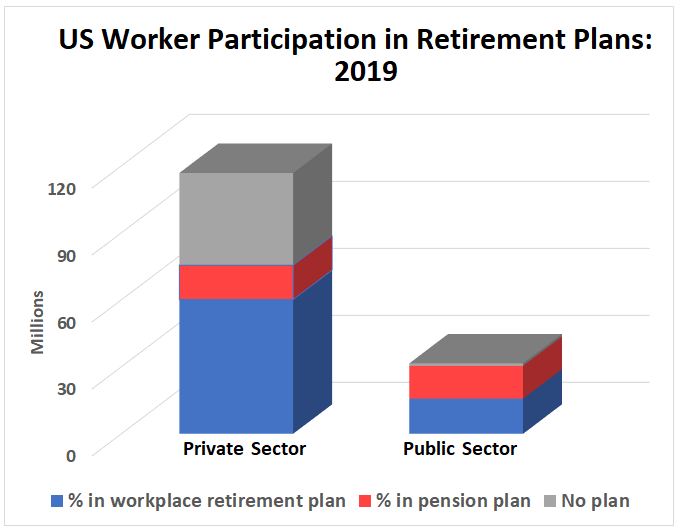
Imbalances: Not all US workers have retirement plans, and declining interest rates lead to pursuit of riskier investments, increased contributions from workers, lower payments for retirees or government subsidies (Source: Pension Rights Center and Bureau of Labor Statistics)
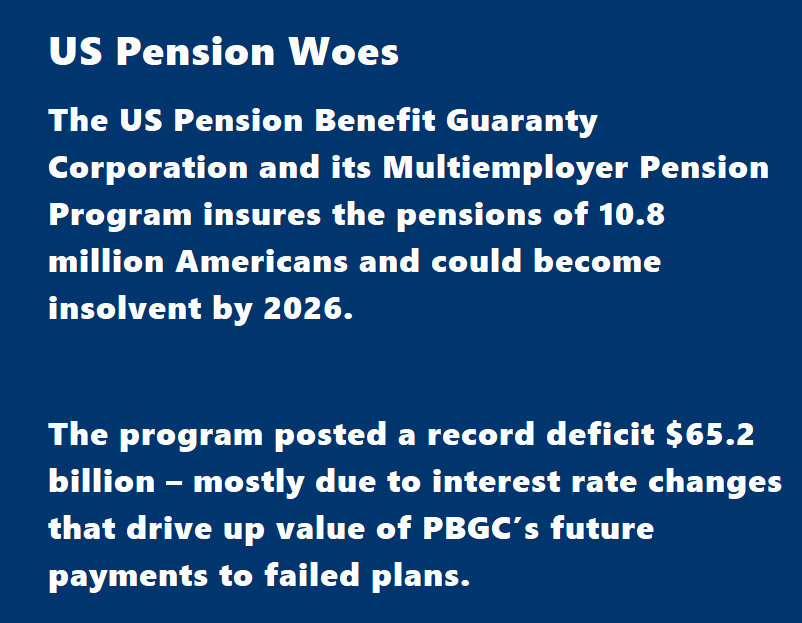
(Source: Pension Benefit Guaranty Corporation’s Fiscal Year 2019 Annual Report)